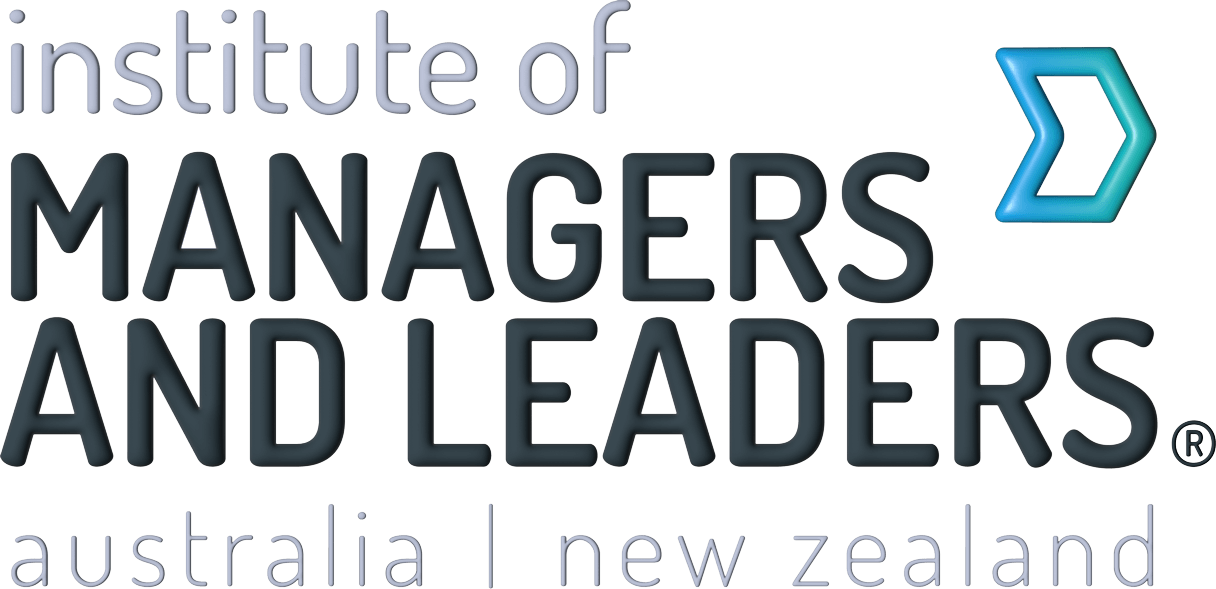It is difficult to specify the direct financial costs of destructive leadership, but stress claims, disengagement, withdrawal, presenteeism and absenteeism costs as a result of mental health conditions have been estimated. Occupational stress is a major public health problem in Australia. Costs incurred as a result of mental stress claims have been estimated at A$543 million per annum, occupational stress claims at A$15 billion per annum and absenteeism at A$5 billion per annum. Substantial litigation and counselling costs may be incurred to address the effects of the abusive leadership behaviour. Many more indirect costs are also incurred. For example, a damaged brand, lost organisational knowledge, replacement costs due to turnover, to name a few. So, it is important to have a strategy to future proof your organisation against destructive leadership.
Most organisations have prevention strategies in place to clearly articulate expected leadership behaviour and to manage destructive and unethical behaviour. These include:
- Codes of Conduct, including published organisational values with underpinning behaviours
- Strong governance frameworks
- Policies, procedures and practices that promote the psychological, emotional and physical safety and wellbeing of managers and employees
- Processes to sanction or remove leaders regularly demonstrating destructive leadership behaviours
However, such primary prevention strategies appear to be insufficient on their own in preventing destructive leadership behaviours from being demonstrated or experienced.
Destructive leadership in a hybrid work environment
Restrictions as a result of COVID-19 have caused a major change in work circumstances, with many workers now regularly working from home. Little research has assessed the consequences of destructive leadership for employees working remotely full-time, or for those working a hybrid model. Working from home for many has increased the volume of work they undertake within non-work hours. Some workers have reported receiving excessive, unreasonable or unattainable requests from their managers, are expected to be constantly available for work, and have been subjected to unethical monitoring by their manager. It is also easier for a manager to withhold important information and isolate employees from their colleagues, when working in a virtual environment.
The role of HR
The role of Human Resources (HR) in addressing destructive leadership in a hybrid working environment is also not clear. It is hard enough to gather evidence of wrongdoing in the physical workplace, especially when it happens behind closed doors, let alone in a virtual workplace. HR professionals are charged with the duty of helping employees reduce their psychological and emotional pain (e.g. when they are the target of abuse), while being aware of the need to maximise productivity and keep the organisation profitable. Working confidentially, their work is virtually invisible. They are often unable to reduce the anxiety and fear being experienced by workers, and they may even contribute to employees’ anxiety and stress by implementing official policies and processes that produce more distress (i.e. investigations). HR professionals are in the invidious position of being expected to provide a solution when they are part of the organisational system.
The role of executives
Executives are required to scan for good conduct in their managers, recognizing and rewarding it, and notice bad conduct, calling it out, putting in place boundaries and appropriate consequences for misconduct. Working together with HR professionals, they need to be aware of the indicators of destructive leadership at individual, team, departmental and executive levels. Such indicators include poor organisational survey results, higher employee use of Employee Assistance Programs (EAP), and increased rates of employee’s absenteeism, stress leave and turnover.
Once a concern has been identified, clear policies and procedures must be followed to address destructive behaviours or even remove the perpetrators from the organisation. Studies have shown that often employees perceive that nothing happens to those responsible for the destructive behaviours. Some employees report that these types of leaders are even promoted. Therefore, it is essential that executive and senior management are seen to be directly, promptly and effectively dealing with managers displaying destructive behaviours.
So, executives must decide how they will deal with the identified destructive leader. Lengthy investigations can make the situation worse. Destructive leaders often have good relationships with people in powerful positions, are politically and socially astute, and are likely to become litigious when challenged; thus, removing them can be difficult, time consuming, and costly. Careful planning, with expert legal advice, is often necessary. As a result, prevention is the best strategy for executive teams to protect their organisation.
Preventing destructive leadership
When engaging in a selection process, whether for a management role or for a place on a leadership development program, screening out unsuitable candidates is the most effective way of preventing destructive leadership. Assessing candidates via multiple measures may guard against a poor selection. As destructive leaders are likely to be charming and self-enhancing at interviews, a combination of interviews, leadership self-report inventories (valid and reliable diagnostics that measure dark side characteristics, with guards against faking), simulations and/or assessment centre activities over an extended period are likely to be more effective in identifying potentially harmful characteristics in candidates.
Addressing destructive leadership in organisations
Evidence-based interventions designed to address destructive leadership include running leader development programs with a focus on both the bright and dark side of leadership and providing initiatives and programs to protect potential targets of destructive leadership.
To build a culture that protects employee wellbeing, organisations require evidence-based, practical interventions to assist managers to lead at their best. It is recommended that leader development programs, at all levels from frontline to executive, include mechanisms to enable managers to increase self-awareness of the impact of their leadership style and hold up the mirror to any blind spots they may have. Understanding their triggers, and their capacity to effectively self-manage their impulsivity when triggered, can be enhanced through activities such as self-reflection journaling. Providing a mentor who can facilitate learning from failures and mistakes can also reduce psychological distress for manager participants, if they are actively willing to learn.
To manage employees’ occupational stress as a result of destructive leadership, it is recommended that consideration be given to offering stress management, resiliency and wellbeing assessments and programs. These can include programs designed for creating a mentally healthy workplace, identifying ways to make organisational and social support (e.g. practical and emotional support) easily accessible to all employees, irrespective of their work location, and considering restorative approaches to repairing harm.
After the fact…
Worst case scenario, where harm has already been experienced, organisations typically offer formal complaint or grievance processes, investigations of allegations of abuse, conflict resolution processes, and/or mediation, with limited effectiveness, especially in low trust environments. These mechanisms focus on apportioning fault and blame and may be found to be abusive by all parties.
An alternative process that may prove useful in dealing with the aftermath of destructive leadership is workplace conferencing. Workplace Conferencing is based on restorative justice principles and focuses on hearing the stories and experiences of all parties, before working together to find ways to prevent harm happening again in future.
Given the cost of destructive leadership to organisational finances, organisational brand, attraction and retention of the workforce, and the wellbeing of managers and employees, it’s time to think again about how you are protecting your organisation from destructive leadership, into the future.
Dr Vicki Webster FIML, author of Destructive Leadership in the Workplace and its Consequences: Translating theory and research into evidence-based practice (Sage Swifts, $95.25), is the founder and director of Incisive Leaders, executive and leadership coach, specialising in partnering with managers to lead at their best.



